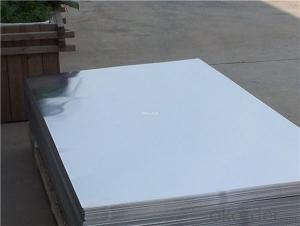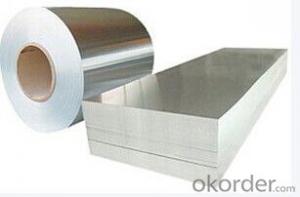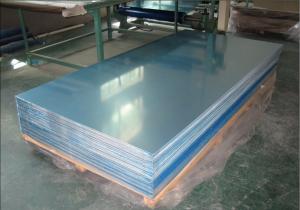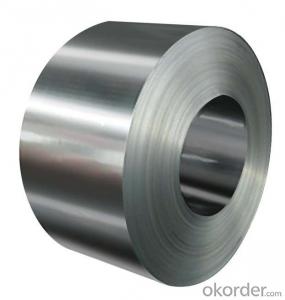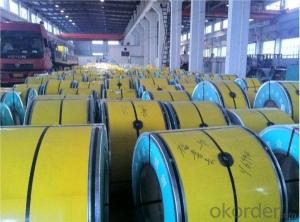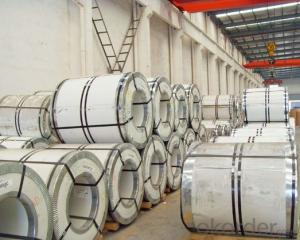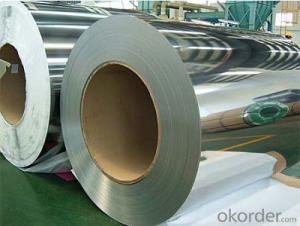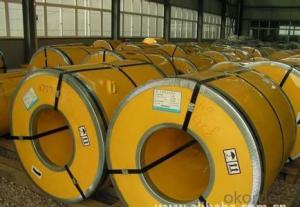16g Stainless Steel Sheet
16g Stainless Steel Sheet Related Searches
Best Paint For Stainless Steel Blanket Insulation For Steel Buildings Primer For Galvanized Steel Foam Filter For Stainless Steel H S Code For Stainless Steel Surface Grinding Wheels For Stainless Steel Surface Grinding Wheels For Hardened Steel Hole Saw For Stainless Steel Paint For Stainless Steel Stainless Steel For BbqHot Searches
Used Metal Folding Chairs For Sale Large Metal Containers For Sale Metal Shop Cabinets For Sale Metal Shipping Crates For Sale High Mast Light Price List Solar High Mast Light Specification Galvanized Steel Scrap Price Fiber Sheet Price In India Types Of Stainless Steel Grades High Mast Light Specification Stainless Steel Sheet Near Me Stainless Steel Type Type Stainless Steel Galvanized Steel Prices Stainless Steel Wholesale Stainless Steel Tubing Supplier Stainless Steel Supply Near Me Stainless Steel Supply Stainless Steel Sheets Near Me Scrap Stainless Steel Prices16g Stainless Steel Sheet Supplier & Manufacturer from China
Okorder.com is a professional 16g Stainless Steel Sheet supplier & manufacturer, offers integrated one-stop services including real-time quoting and online cargo tracking. We are funded by CNBM Group, a Fortune 500 enterprise and the largest 16g Stainless Steel Sheet firm in China.Hot Products
FAQ
- Yes, stainless steel strips can be used in the automotive manufacturing industry. They are commonly used for various applications such as trim, exhaust systems, brackets, and reinforcements due to their corrosion resistance, durability, and high strength-to-weight ratio.
- Stainless steel strips and galvanized steel strips are different in terms of their composition, appearance, corrosion resistance, and uses. Firstly, the main difference lies in their composition. Stainless steel strips are made primarily from iron and contain a higher percentage of chromium, which provides excellent corrosion resistance. On the other hand, galvanized steel strips are made by coating regular steel with a layer of zinc, which acts as a protective barrier against corrosion. Secondly, their appearance is different. Stainless steel strips have a shiny, silver-like appearance due to their high chromium content. Galvanized steel strips, on the other hand, have a duller, matte finish due to the zinc coating. In terms of corrosion resistance, stainless steel strips are highly resistant to corrosion and rust, even in harsh environments or exposure to moisture. Galvanized steel strips also offer good corrosion resistance, but they may eventually corrode or develop rust if the zinc coating gets damaged or wears off. Lastly, their uses can vary. Stainless steel strips are commonly used in applications where corrosion resistance and durability are crucial, such as in the construction of kitchen appliances, medical equipment, automotive parts, and decorative purposes. Galvanized steel strips, on the other hand, are often used in outdoor applications or environments where corrosion resistance is necessary but not critical, such as in roofing, fencing, and electrical conduits. In summary, stainless steel strips and galvanized steel strips differ in composition, appearance, corrosion resistance, and applications. Stainless steel offers superior corrosion resistance and is ideal for applications where durability is crucial, while galvanized steel is commonly used in outdoor applications where corrosion resistance is necessary but not critical.
- The lead time for stainless steel strip production can vary depending on different factors. These factors include the complexity of the order, the quantity needed, and the current market conditions. In general, lead times can range from a few weeks to several months. For standard production of stainless steel strip, where the specifications and quantity needed are normal, the lead time is usually shorter. In these cases, it typically takes around 4-8 weeks to complete the production process. This includes sourcing materials, processing, and quality control. However, for customized or specialty production of stainless steel strip, which involves specific dimensions, finishes, or unique requirements, the lead time can be longer. This may require additional time for design consultations, tooling development, and testing. As a result, the lead times can be 2-6 months or even longer. External factors such as supply and demand, availability of raw materials, and production capacities can also affect lead times. When there is high demand or disruptions in the supply chain, lead times may increase due to higher order volumes and potential delays in material sourcing. To get an accurate estimate of the lead time based on your specific requirements, it is important to communicate with the stainless steel strip manufacturer or supplier. They will consider various factors and provide you with a more precise timeline for production and delivery.
- Solar energy applications can indeed make use of stainless steel strips. The durability and resistance to corrosion of stainless steel make it a suitable option for various components within solar energy systems. These strips can be utilized in the construction of solar panels, mounting structures, frames, brackets, and other supporting elements. The resistance to corrosion exhibited by stainless steel is particularly advantageous for outdoor applications. It demonstrates the ability to endure exposure to challenging weather conditions and UV radiation without deteriorating. This quality ensures the longevity and dependability of solar energy systems, enabling them to operate efficiently over an extended period of time. Moreover, the strength and flexibility of stainless steel make it highly suitable for solar energy applications. It can be easily molded and fabricated into diverse shapes and sizes, facilitating customization and adaptation to different solar panel designs and mounting requirements. Stainless steel strips also contribute to the overall sustainability of solar energy systems. They possess a high level of recyclability, making them an environmentally friendly choice that aligns with the principles of renewable energy generation. Additionally, the low maintenance requirements of stainless steel reduce the need for frequent replacements or repairs, further enhancing the cost-effectiveness of solar energy systems. In conclusion, due to their corrosion resistance, durability, strength, flexibility, and sustainability, stainless steel strips are indeed a viable option for use in solar energy applications.
- Stainless steel strips are typically available in widths ranging from 0.1 inches (2.5mm) to 24 inches (610mm) depending on the specific requirements and applications.
- The embrittlement temperature of stainless steel strips can vary depending on the specific grade of stainless steel being used. However, in general, stainless steel does not undergo significant embrittlement until it reaches extremely low temperatures, typically below -100 degrees Celsius (-148 degrees Fahrenheit).
- The unique chemical composition and passive protective layer of stainless steel strips make them resistant to crevice corrosion in seawater. Stainless steel primarily consists of iron, chromium, and other alloying elements like nickel and molybdenum. The presence of high chromium content, typically above 10.5%, is crucial in preventing crevice corrosion. When stainless steel strips come into contact with seawater, the chromium in the alloy reacts with oxygen to create a thin, transparent oxide layer on the surface, known as the passive layer. This passive layer is highly resistant to corrosion, including crevice corrosion. It acts as a protective barrier between the metal and the corrosive environment, preventing the initiation and spread of corrosion in crevices or tight spaces. The passive layer has the ability to self-heal. If it is damaged or removed, it can quickly reform in the presence of oxygen. This characteristic ensures long-term protection against crevice corrosion in seawater, even in challenging marine environments where the metal is constantly exposed to chloride ions and other aggressive elements. Moreover, the addition of alloying elements such as nickel and molybdenum further enhances the corrosion resistance of stainless steel strips. Nickel improves the stability and durability of the passive layer, while molybdenum enhances the alloy's ability to resist pitting and crevice corrosion in chloride-rich environments like seawater. In conclusion, the resistance of stainless steel strips to crevice corrosion in seawater is due to the formation of a protective passive layer on their surface. The high chromium content, along with other alloying elements, enhances the corrosion resistance and durability of the material, making it an excellent choice for various marine applications.
- Stainless steel strips perform exceptionally well in high-temperature steam due to their excellent resistance to corrosion and oxidation. They exhibit high strength, durability, and stability even under extreme heat and pressure conditions, making them suitable for various applications in steam-based industries such as power generation, chemical processing, and food production.




















